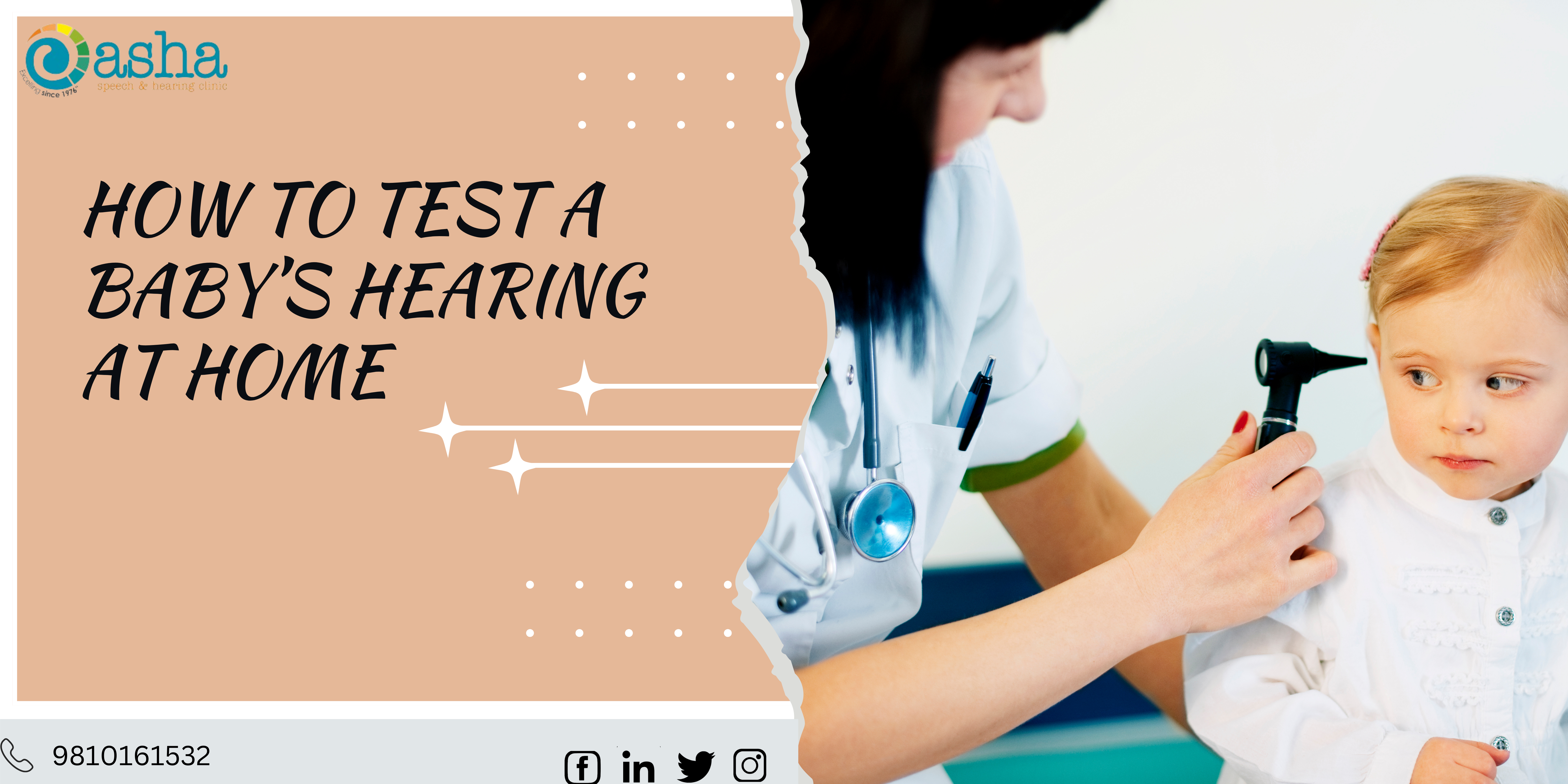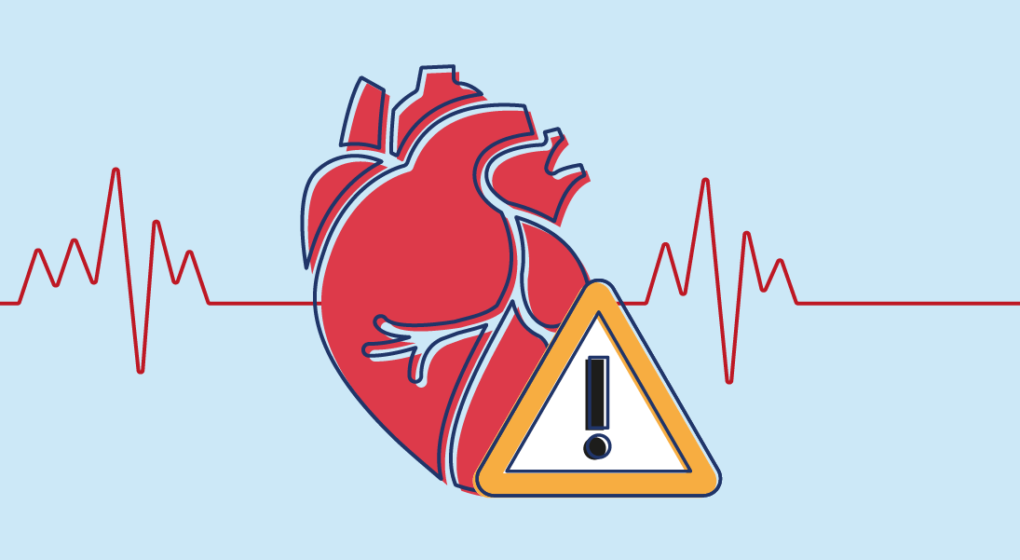Some studies state that about one or two in every 1000 babies have a hearing loss. Hence, it is most important to test the hearing capacity of the baby at the early stage. Usually, hospitals will conduct hearing screening tests in the first few weeks of the newborn baby. Mostly, with the development of the child, the hearing ability also varies. In case, you suspect that your baby has a hearing loss, seek professional help from the best speech and hearing clinic. You may also test your baby’s hearing at home. If you have no idea how to test a baby’s hearing at home, read this blog.
For your convenience, here we have shared some tests that you can conduct to observe your baby’s response to sound at home.
Know About the Hearing Tests for Babies
A hearing test is a method that is designed to check any potential hearing loss. With the help of a hearing test, you can identify any hearing challenges of an individual and proceed with appropriate treatment. Mainly, hearing tests for babies examine the degree of hearing loss, if there is any in the child.
The two most common hearing tests used to screen newborns are Automated Auditory Brainstem Response (AABR) and Otoacoustic Emissions (OAE).
Remember, a child’s hearing should be monitored regularly to ensure their general development and health. Even, by conducting a hearing test at home, you may also identify any potential hearing problems. In general, the at-home hearing tests involve using speakers or headphones to play different tones or noises. These tests then record the child’s reactions to these prompts.
When Should You Take a Hearing Test For a Baby?
The best time to test a child’s hearing is as soon as a concern emerges. This could occur if the child does not respond to sounds, does not talk at an appropriate age, or has a family history of hearing loss. If you suspect your child has hearing loss, you can do preliminary tests at home. Remember that at-home tests are not a substitute for professional examination. The hearing tests should be followed by a consultation with a professional audiologist.
You may consult your doctor or take a hearing test if you notice any of these signs in your child.
- Does not startle at loud noises.
- Does not turn toward sounds.
- Is slow to start talking or difficult to grasp.
- By 12 to 15 months, they are unable to utter single words.
- Is slow to sit or walk without assistance.
- Has problems keeping their head steady.
- They do not notice you till they see you.
- Focuses on vibrating noises rather than other sounds.
- Shows no enjoyment when you read to them.
- Does not always answer your calls, especially from another room.
- Appears to hear certain sounds but misses others.
- Wants music or television volume to be louder than other family members.
Types of Hearing Tests for Babies that Can Be Done at Home
Parents can measure their child’s level of hearing loss at home using a variety of hearing tests. The following are some effective at-home hearing tests for babies.
Pure-tone Audiometry Test
This test is administered via an online hearing test software or mobile application. To discover the softest noises that the infant can hear, a sequence of tones at various frequencies and loudness will be played in this test.
Speech-in-noise Test
Another option to test a baby’s hearing is the speech-in-noise test. This test assesses a child’s ability to interpret speech in difficult listening or noisy settings. This includes playing speech recordings against a noisy background. The child’s degree of understanding and reactions are then observed and documented.
Observing Child’s Response to Sound
Another at-home hearing test involves examining the child’s reaction to sound. Make various noises or whispers from a variety of distances, pitches, and positions, and check whether your kid reacts appropriately or not. Use this method to test your child’s right and left ears separately. If your baby repeatedly fails to reply or has difficulty hearing, this may indicate a hearing impairment.
Learn How to Test a Baby’s Hearing at Home
Are you in a dilemma about how to test your baby’s hearing at home? Don’t worry! Just follow these things.
- Keep your baby in a sitting position so that you can clap your hands behind his/her head. A loud clap from outside of the baby’s view will undoubtedly grab his/her attention. If he/she reacts with a slight jump or cry when you clap loudly, it indicates that his/her hearing is good. If required, repeat the test several times.
- Watch your baby’s head movements. Stand to one side of the room and shout your child’s name. On hearing the sound, the baby will move the body and eyes to find the sound. It’s not necessary to yell that loudly. If the baby fails to reach, then hearing might be abnormal.
- If your baby is around 10 months old, introduce picture books into play. Go over the pictures and tell your kid what word each one symbolizes. For example, point to an image of a dog and say “Dog.” After a few repetitions of this, your infant should be able to point to the dog’s picture when you tell the word. Giving appropriate responses demonstrates that the baby has heard the word and comprehended its meaning.
Conclusion
If the result of your hearing test indicates the extent of hearing loss, schedule an appointment with a hearing professional. At Asha Speech and Hearing Clinic, we have experienced audiologists to run further tests and accurately assess the hearing ability of your child. Specifically, our specialists will collaborate with you in deciding the best course of action for your child. In some circumstances, a hearing aid may be prescribed to help your child hear and communicate successfully.



